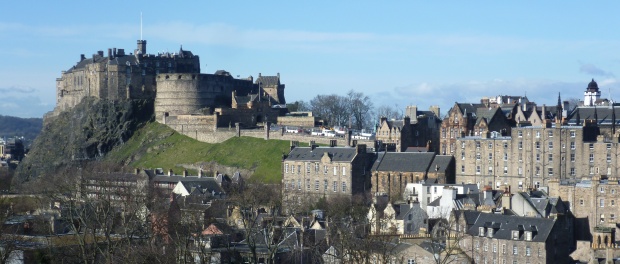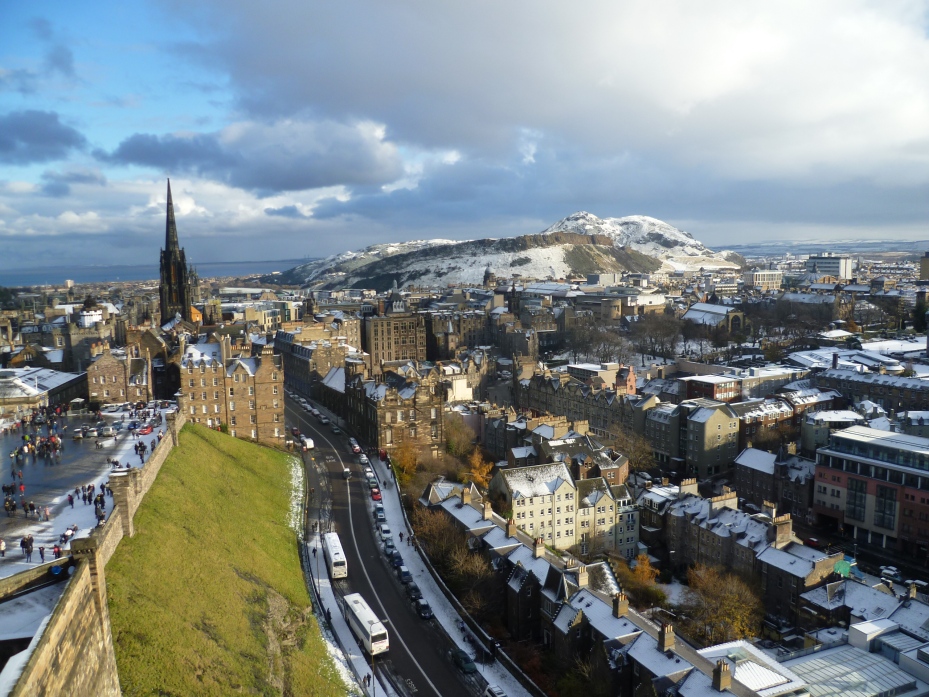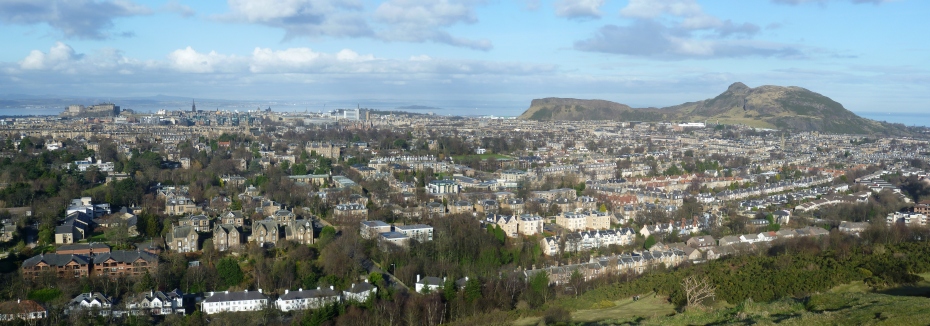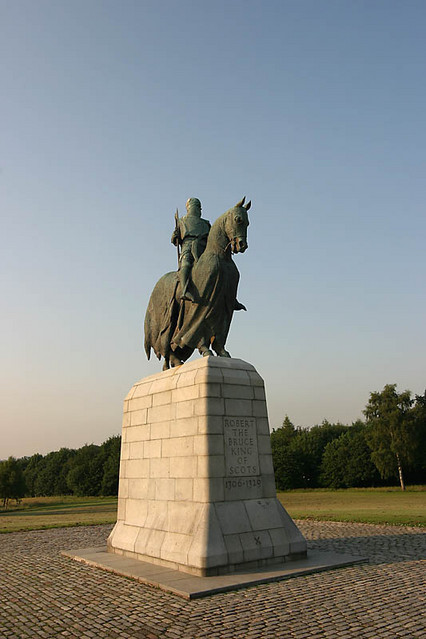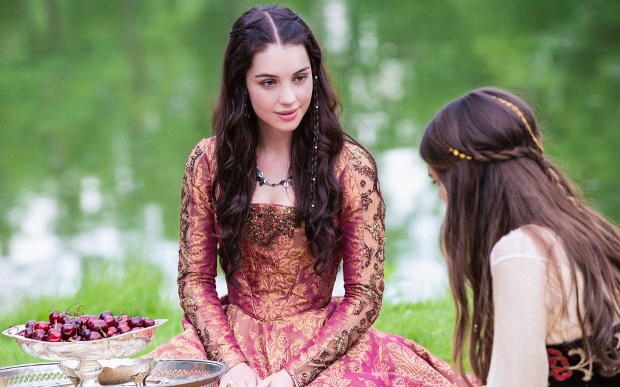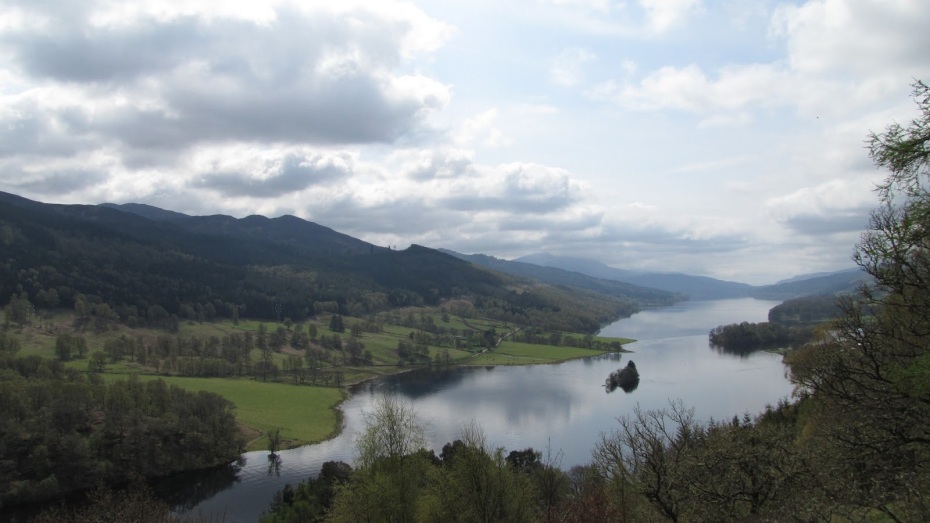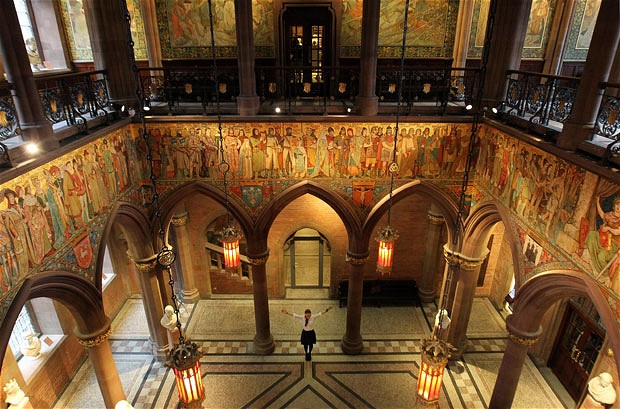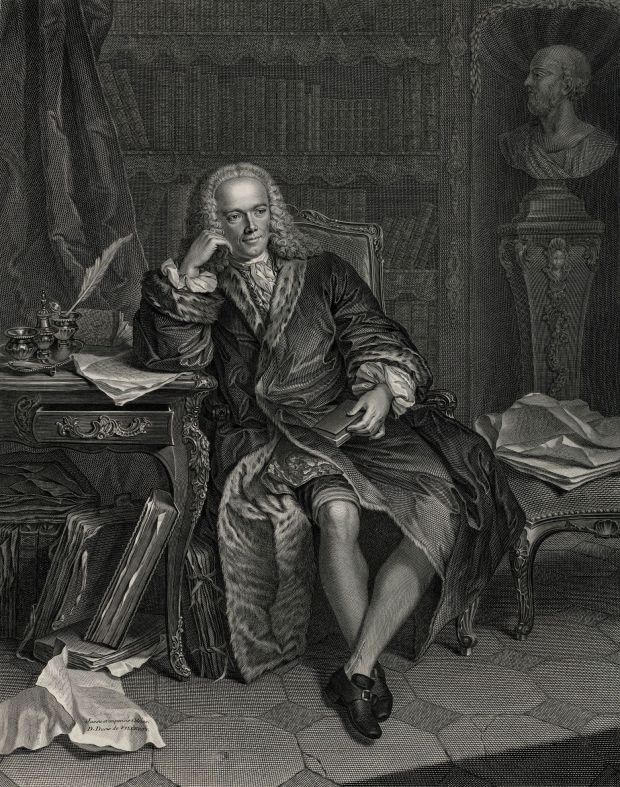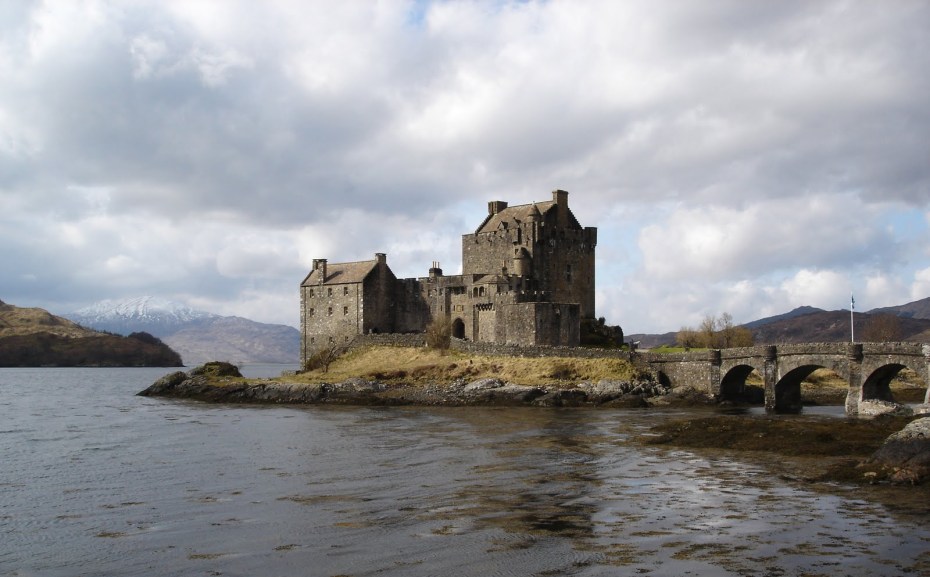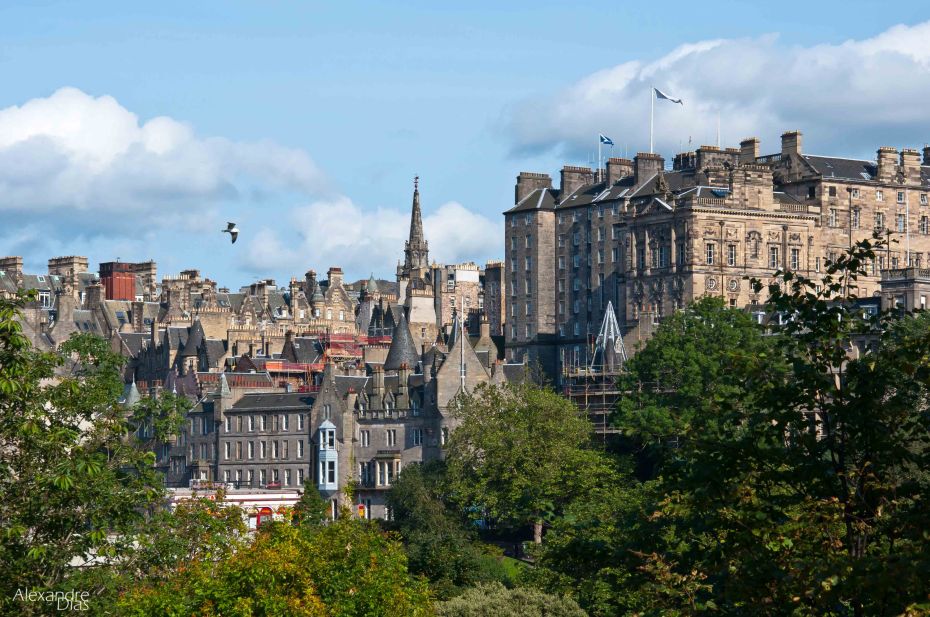ESCOCIA MODERNA
ESPAÑOL – INGLÉS
PALABRA Ó FRASE Nº 812:
‘HISTÓRICO’ adjetivo
1 (en general) HISTORICAL: Un personaje histórico,a historical character,una novela histórica,
a historical novel.
2 (trascendente) HISTORIC: un acontecimiento histórico, a historic event
Historia moderna

Retrato de la Reina Ana de Inglaterra, que se convertiría en Ana de Gran Bretaña tras la firma del Acta de Unión.
La Edad Moderna se abrió en la historia escocesa con el Rough Wooing o “cortejo violento” (1544 – 1551), una serie de ofensivas militares intermitentes mediante la cuales Inglaterra pretendía forzar un casamiento entre María I Estuardo y Eduardo VI de Inglaterra, objetivo que finalmente no logró. Además, el siglo XVI es el siglo de la Reforma Protestante, encabezada en Escocia por figuras como John Knox y apoyada desde Inglaterra.
En 1603, Jacobo VI de Escocia y I de Inglaterra heredó el trono de Inglaterra y se convirtió en Jaime I de Inglaterra. Sin embargo, con la excepción de un breve periodo conocido como “Protectorado“, Escocia continuó siendo un estado independiente, aunque sacudido por constantes enfrentamientos entre la corona y los Convenanters, sobre la forma de gobierno de la Iglesia. Tras la Revolución Gloriosa y el derrocamiento del católico Jaime VII de Escocia por Guillermo III de Inglaterra y su esposa María II (1688), Escocia amenazó con elegir a un rey protestante distinto al de Inglaterra.16 En 1707, sin embargo, tras las amenazas inglesas de cerrar el comercio con Escocia, se firmó el Acta de Unión, que certificaba la creación del Reino de Gran Bretaña.
Pese a esta unificación de los dos reinos, los defensores de la Casa de Estuardo, conocidos como jacobitas, seguían teniendo influencia en las Tierras Altas y en la zona noreste del país, especialmente entre los no presbiterianos. Sin embargo, los levantamientos jacobitas producidos en 1715 y 1745 no lograron apartar del trono británico a la Casa de Hannover. Dichos levantamientos sirvieron además como excusa para el desplazamiento masivo de los habitantes de las Tierras Altas o Highlands, en lo que se conoce como Highland Clearances.
=======================EN INGLÉS======================
Modern History

Portrait of Queen Anne of England who would become Anne of Great Britain after signing the Act of Union .
The modern era opened in Scottish history with the Rough Wooing or “violent courtship” ( 1544 – 1551 ), a series of intermittent military offensives by which England tried to force a marriage between Mary Queen of Scots and Edward VI of England , objective ultimately not achieved. In addition, the sixteenth century is the century of the Protestant Reformation , led in Scotland by figures like John Knox and supported from England.
In 1603 , James VI of Scotland and I of England inherited the throne of England and became James I of England . However, with the exception of a brief period known as ” Protectorate “, Scotland remained a state independent, although shaken by constant clashes between the crown and the Covenanters , on the governance of the Church . After the Glorious Revolution and the overthrow of the Catholic James VII of Scotland by William III of England and his wife Mary II ( 1688 ), Scotland threatened to elect a king Protestant different from England. In 1707 , however, after British threats to close the trade with Scotland, signed the Act of Union , certifying the creation of the Kingdom of Great Britain .
Despite this unification of the two kingdoms, the defenders of the House of Stuart , known as Jacobites , still had influence in the Highlands and in the northeast of the country, especially among non- Presbyterians . However, the Jacobite uprisings in 1715 and 1745 failed to remove from the British throne to the House of Hanover . These surveys also served as an excuse for the massive displacement of people in the Highlands or Highlands, in what is known as the Highland Clearances .

